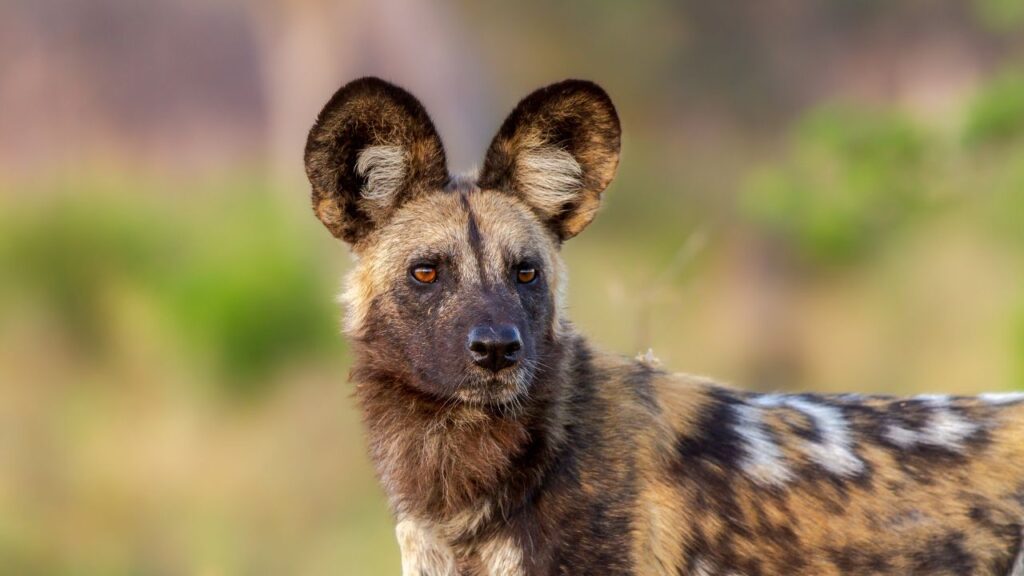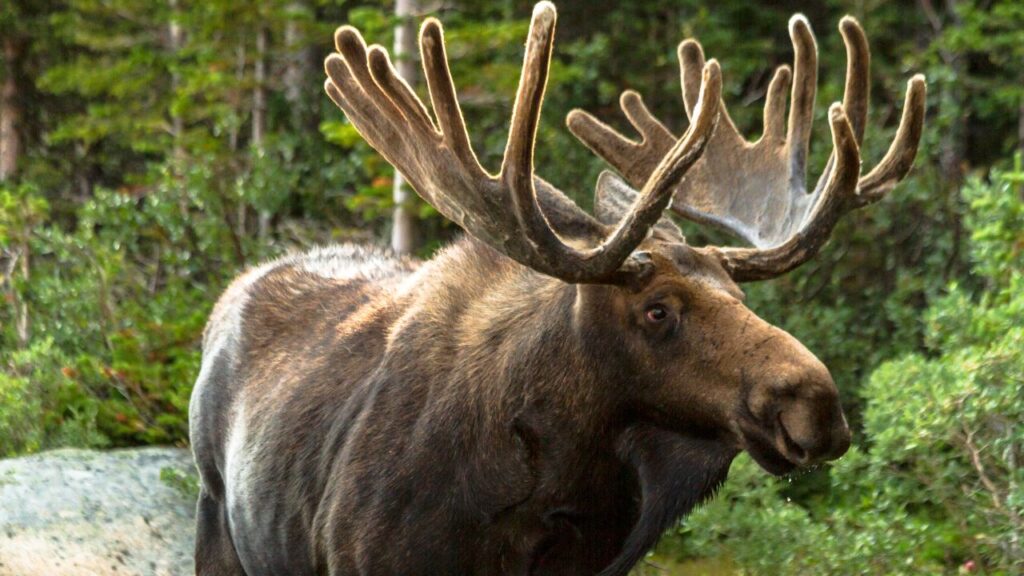
Domesticated animals aren’t the only ones that are used to humans. With us as a species living with nature for so long, it’s no wonder that even wild animals have gotten at least somewhat used to our presence by now. There is a direct correlation between animals who live in areas with more people and how skittish they are of them. Animals that live in areas that aren’t as exposed to humans are far more concerned about their presence.
The Research

Research in Potsdam studied more than 1500 animals in their study. For this, they used GPS trackers as a method to acertain whether or not animals recovered faster from a tagging event. They found that animals with GPS trackers (which had encountered humans before) recovered much faster from a tagging event when compared to animals that had never had a GPS tracker put on them before. This is evidence that animals quickly adapt to human disturbances.
This behavior also depends on what kind of animal it is. Herbavors, omnivores, and carnivores all react at different rates. After a tagging event, herbivores would move around at a much faster rate sooner than any other animal. Omnivores and carnivores, after being tagged, were far less active and not nearly as mobile.
Important Information

Tagging the animals didn’t only show how they acted after coming into contact with humans but also important parts of their lives that are normally private to humans. In ever-changing ecosystems, it’s important to figure out how animals’ behavior is adapting. The biggest drawback to this research is that the stress that the animals being tagged can go through means that it could change their behavior, impacting the data of the research.
Jonas Stieglar, the leading researcher, commented, “Over a period of 20 days after release, we analyzed how active the animals were and what distances they covered in order to see how much the animals deviated from their normal behavior and how long it took them to recover from the disturbance.”
Different Species, Different Results

Of the 42 different species that were studied, 30 of them changed their behavior substantially in the days that followed their capture. Different species, however, also showed varied results. Predators didn’t move as far in the following days as their grazing counterparts.
Moose moved more than 50% than the average, while eland had the largest displacement overall. Predators like wolves and leopards showed the smallest displacement (-44% and -65%).
Recovering At Different Rates

Different animals also recovered from their interaction with humans at different rates. After nearly a week (5-6 days), both omnivores and carnivores returned to their usual range of movement. Herbivors returned to their usual movement faster (4-5 days), but it took longer for their behavior to recover (8-9 days).
Jonas Stieglar concluded, “However, it was particularly noteworthy that animals whose habitat is more strongly influenced by humans were the first to return to normal behavior. Our evaluation clearly shows that the periods over which wild animals are tracked should be longer than one week in order to obtain meaningful results and to actually be able to study their natural behavior.”







